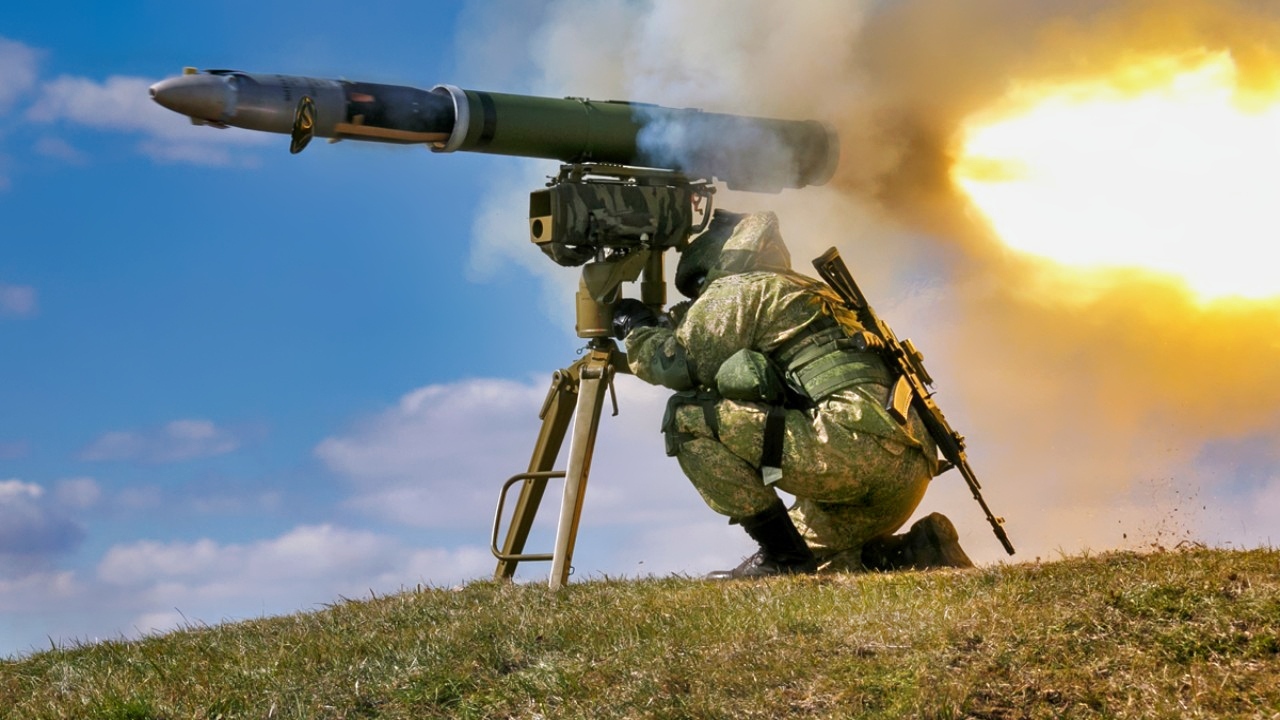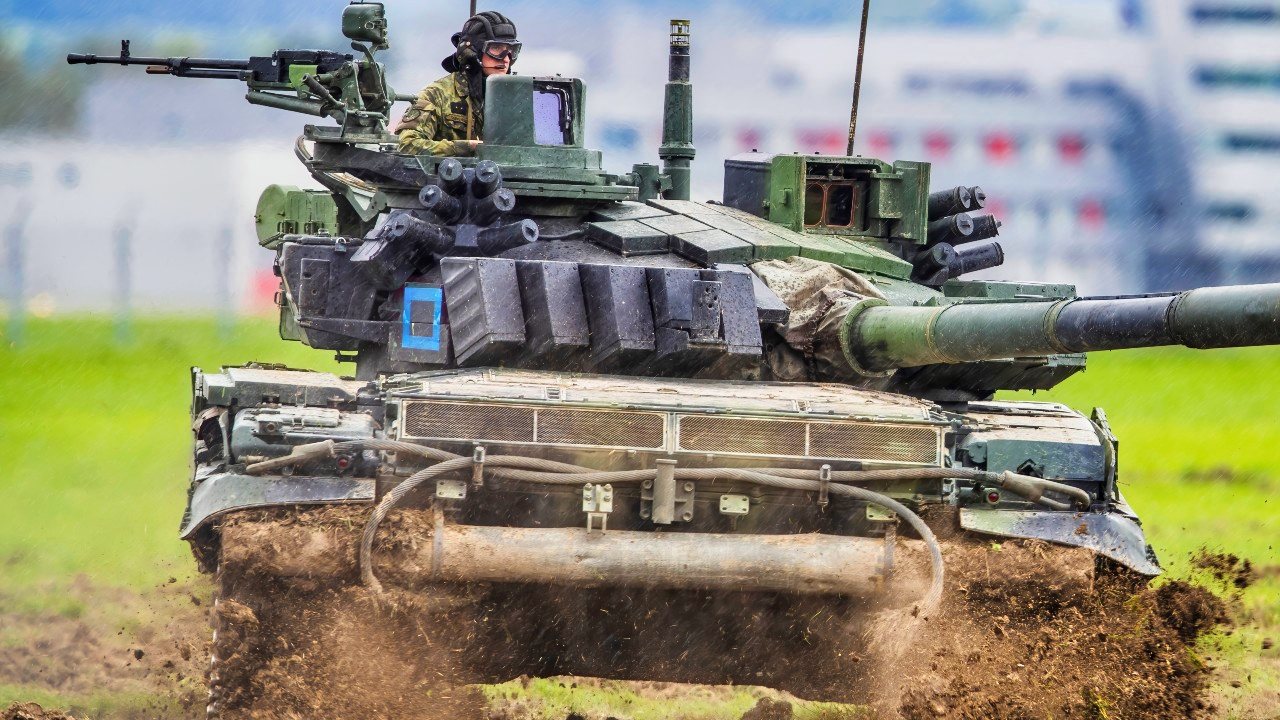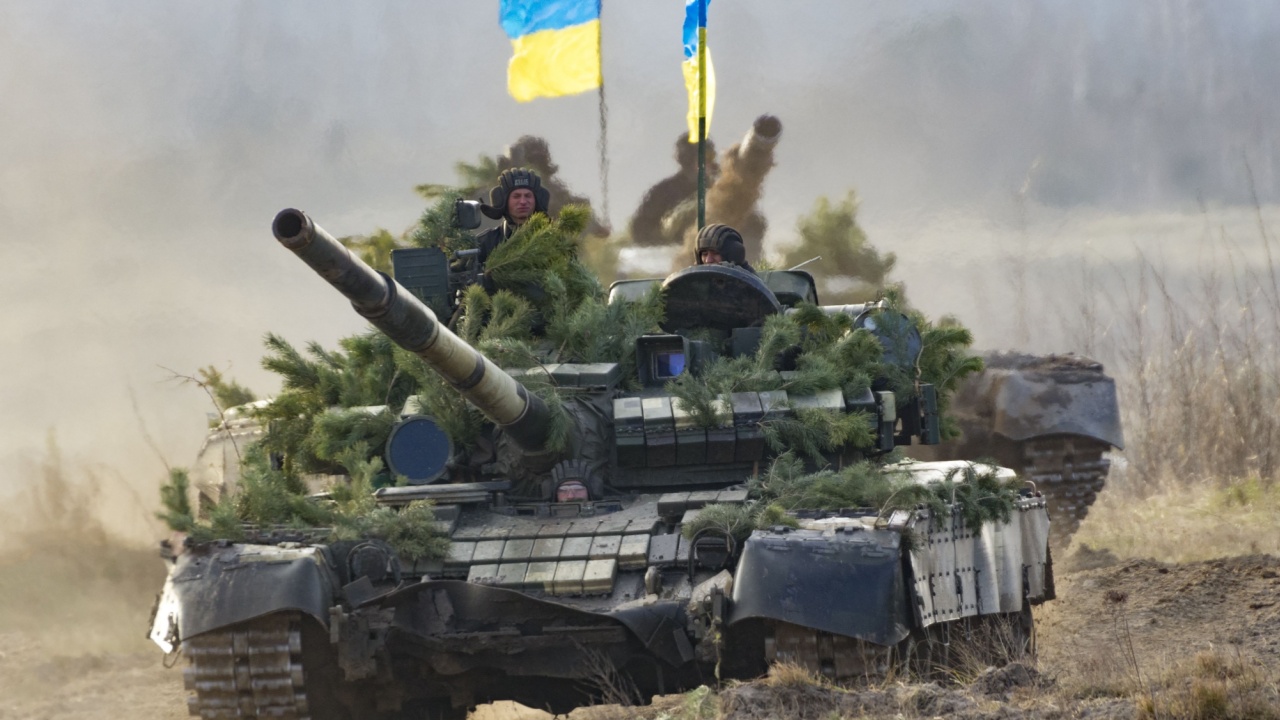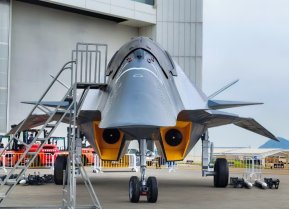2,000 Daily Casualties: Russia's Military Is Paying an Awful Price in Ukraine War
The Russian invasion of Ukraine has reached its 1,000-day mark, with Moscow’s forces suffering over 700,000 casualties and significant losses in modern military equipment. While Russia has made territorial gains in places like Avdiivka and Vuhledar, these advances come at an extraordinarily high cost, with daily casualties sometimes exceeding 2,000.
What You Need to Know: The Russian invasion of Ukraine has reached its 1,000-day mark, with Moscow’s forces suffering over 700,000 casualties and significant losses in modern military equipment. While Russia has made territorial gains in places like Avdiivka and Vuhledar, these advances come at an extraordinarily high cost, with daily casualties sometimes exceeding 2,000.

-Despite these developments, the frontline remains fluid, and neither side currently has the capability for an operational breakthrough.
-The conflict has exposed the degradation of Russia’s military, with poorly trained conscripts replacing its once-professional forces, and critical capabilities like Spetsnaz units severely diminished.
This week, the large-scale Russian invasion of Ukraine hit the dreaded 1,000-day mark. In almost three years of war, the Russian military hasn’t achieved much on the battlefield. Indeed, the Russian forces lost more than they had gained by launching the invasion.
More than 700,000 Casualties and Diminishing Capabilities
If an advisor from the future had told Russian President Vladimir Putin about the current situation on the battlefield a few days before he greenlighted the large-scale invasion, it is questionable if he would have given the go-ahead.
After all, Putin and his Kremlin advisers expected a quick operation that would last anywhere from three days to a couple of weeks. An operation that would cement Russia’s image as a near-peer power capable of waging modern warfare efficiently and make Western countries respect its position. More than 1,000 days of fighting have achieved anything but that.
“Before the invasion of Ukraine, Russia had attempted to build a modern, professional force capable of carrying out complex operations. After 1,000 days of the conflict, Russia’s land forces are radically different to the force that originally invaded Ukraine,” the British Military Intelligence assessed in its latest estimate of the conflict.
The initial invasion force numbered around 190,000 men. Today, the Russian forces have more than 500,000 men in Ukraine alone. But the quality of troops is wholly different—not that the quality of the initial invasion force was very high, as events showed. Currently, the Russian forces fighting in Ukraine are comprised mainly of poorly trained troops that have been forced or lured into fighting for a cause they don’t understand or agree with.

The Russian military has even sacrificed some strategic capabilities on the altar of making tactical progress in Ukraine. For example, Moscow’s Spetsnaz special operations units have suffered extremely heavy casualties in the fighting so far. It takes years and millions of dollars to train one special operator, let alone cultivate an entire capability. Moreover, the Russian military has lost pretty much all of its modern heavy equipment, resulting in using obsolete weaponry on the frontlines today.
Some Progress and a Fluid Battlefield in Ukraine
To be sure, the Russian forces have been making progress over the past few months. They have captured important points on the contact line, including Chasiv Yar, Avdiivka, and Vuhledar. However, the cost has been outrageously high. Currently, the Russian forces are averaging over 1,500 casualties, with some days reaching highs of as much as 2,000 losses per day.
“Despite the costs imposed on its land forces, Russian territorial advances in Ukraine have accelerated through 2024. This has been underpinned by the Russian leadership’s tolerance for casualties, and Russia’s land force’s quantitative overmatch relative to the Ukrainian Armed Force,” the British Military Intelligence added.

“The frontline is now less stable than at any point since the opening stages of the conflict,” the British Military Intelligence concluded.
Despite this flexibility of the contact line, neither side currently has the combat capability to achieve an operational breakthrough that would shift the balance of power on the battlefield.
About the Author:
Stavros Atlamazoglou is a seasoned defense journalist specializing in special operations and a Hellenic Army veteran (national service with the 575th Marine Battalion and Army HQ). He holds a BA from the Johns Hopkins University and an MA from the Johns Hopkins’ School of Advanced International Studies (SAIS). His work has been featured in Business Insider, Sandboxx, and SOFREP.
Image Credit: Creative Commons and/or Shutterstock.


